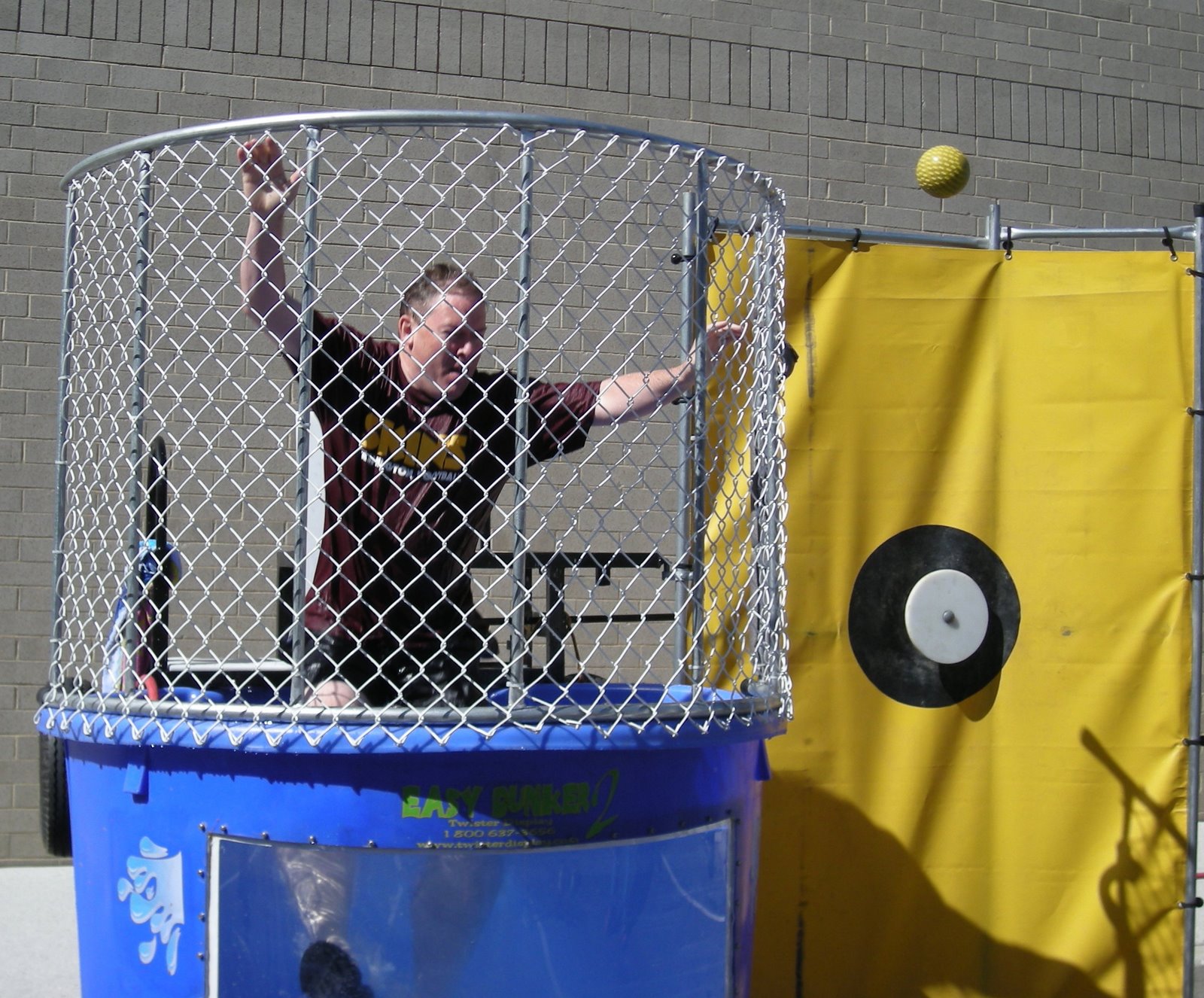A New York Times' Article
By TAMAR LEWIN
Published: January 20, 2010
The average young American now spends practically every waking minute — except for the time in school — using a smart phone, computer, television or other electronic device, according to a new study from the Kaiser Family Foundation. “At night, I can text or watch something on YouTube until I fall asleep,” Francisco Sepulveda, 14, said of his smart phone.
Those ages 8 to 18 spend more than seven and a half hours a day with such devices, compared with less than six and a half hours five years ago, when the study was last conducted. And that does not count the hour and a half that youths spend texting, or the half-hour they talk on their cellphones. And because so many of them are multitasking — say, surfing the Internet while listening to music — they pack on average nearly 11 hours of media content into that seven and a half hours.
“I feel like my days would be boring without it,” said Francisco Sepulveda, a 14-year-old Bronx eighth grader who uses his smart phone to surf the Web, watch videos, listen to music — and send or receive about 500 texts a day.
The study’s findings shocked its authors, who had concluded in 2005 that use could not possibly grow further, and confirmed the fears of many parents whose children are constantly tethered to media devices. It found, moreover, that heavy media use is associated with several negatives, including behavior problems and lower grades.
The third in a series, the study found that young people’s media consumption grew far more in the last five years than from 1999 to 2004, as sophisticated mobile technology like iPods and smart phones brought media access into teenagers’ pockets and beds.
Dr. Michael Rich, a pediatrician at Children’s Hospital Boston who directs the Center on Media and Child Health, said that with media use so ubiquitous, it was time to stop arguing over whether it was good or bad and accept it as part of children’s environment, “like the air they breathe, the water they drink and the food they eat.”
Contrary to popular wisdom, the heaviest media users reported spending a similar amount of time exercising as the light media users. Nonetheless, other studies have established a link between screen time and obesity.
While most of the young people in the study got good grades, 47 percent of the heaviest media users — those who consumed at least 16 hours a day — had mostly C’s or lower, compared with 23 percent of those who typically consumed media three hours a day or less. The heaviest media users were also more likely than the lightest users to report that they were bored or sad, or that they got into trouble, did not get along well with their parents and were not happy at school.
The study could not say whether the media use causes problems, or, rather, whether troubled youths turn to heavy media use.
“This is a stunner,” said Donald F. Roberts, a Stanford communications professor emeritus who is one of the authors of the study. “In the second report, I remember writing a paragraph saying we’ve hit a ceiling on media use, since there just aren’t enough hours in the day to increase the time children spend on media. But now it’s up an hour.”
The report is based on a survey of more than 2,000 students in grades 3 to 12 that was conducted from October 2008 to May 2009. On average, young people spend about two hours a day consuming media on a mobile device, the study found. They spend almost another hour on “old” content like television or music delivered through newer pathways like the Web site Hulu or iTunes. Youths now spend more time listening to or watching media on their cellphones, or playing games, than talking on them.
“I use it as my alarm clock, because it has an annoying ringtone that doesn’t stop until you turn it off,” Francisco Sepulveda said of his phone. “At night, I can text or watch something on YouTube until I fall asleep. It lets me talk on the phone and watch a video at the same time, or listen to music while I send text messages.”
Francisco’s mother, Janet Sepulveda, bought his phone, a Sidekick LX, a year ago when the computer was not working, to ensure that he had Internet access for school. But schoolwork has not been the issue.
“I’d say he uses it about 2 percent for homework and 98 percent for other stuff,” she said. “At the beginning, I would take the phone at 10 p.m. and tell him he couldn’t use it anymore. Now he knows that if he’s not complying with what I want, I can suspend his service for a week or two. That’s happened.”
The Kaiser study found that more than 7 in 10 youths have a TV in their bedroom, and about a third have a computer with Internet access in their bedroom.
“Parents never knew as much as they thought they did about what their kids are doing,” Mr. Roberts said, “but now we’ve created a world where they’re removed from us that much more.”
The study found that young people used less media in homes with rules like no television during meals or in the bedroom, or with limits on media time.
Victoria Rideout, a Kaiser vice president who is lead author of the study, said that although it has become harder for parents to control what their children do, they can still have an effect.
In Kensington, Md., Kim Calinan let her baby son, Trey, watch Baby Einstein videos, and soon moved him on to “Dora the Explorer.” “By the time he was 4, he had all these math and science DVDs, and he was clicking through by himself, and he learned to read and do math early,” she said. “So if we’d had the conversation then, I would have said they were great educational tools.”
But now that Trey is 9 and wild about video games, Ms. Calinan feels differently.
Last year, she sensed that video games were displacing other interests and narrowing his social interactions. After realizing that Trey did not want to sign up for any after-school activities that might cut into his game time, Ms. Calinan limited his screen time to an hour and half a day on weekends only.
So last Wednesday, Trey came home and read a book — but said he was looking forward to the weekend, when he could play his favorite video game.
Many experts believe that media use is changing youthful attitudes.
Even during the survey, media use was changing.


















No comments:
Post a Comment